|
March 2017 - I have decided to stop undertaking any further interviews for Healing Agriculture, so I can focus on other permaculture work and designs.
Healing Agriculture was a core part of my learning and development throughout my Diploma in Applied Permaculture Design and I have gained so much pleasure, knowledge and inspiration from the people I interviewed, and the regenerative farming projects they designed. I hope you continue to be inspired by the wonderful diverse range of Land and People featured here. I will continue to share related information on social media via the Healing Agriculture Facebook Page and Twitter account. If you would like your own project to be featured in similar collections and connections of permaculture designs and people, then I can recommend Daniel Tyrkiel's podcast project. http://danieltyrkiel.co.uk/podcast/ About Healing Agriculture Through creating Healing Agriculture I aim to profile and give a voice to the many people working in broad scale agriculture in Europe, aiming for ‘beyond sustainability,’ using the ethics of Earth Care, People Care and Fair Share in their farming work and lives. Across the planet, how we produce our food is killing our amazing Earth and all who live on her. In a very short space of time conventional agricultural practices have caused destruction on a horrific scale. On a daily basis the media informs us of the widespread harm and bleak future we all face because of our Governments’ and personal actions. However, there are people throughout the land who are working incredible hard on many different scales to change this. For some time I have thought about a way of being able to share to a wide audience the extent and depth of this way of farming in Europe. The main goals of Healing Agriculture are - * To raise public awareness about the very positive aspects of food production on a broad scale (sites bigger than 1 acre) throughout Europe. * To build connections between farmers and projects who are using different design tools - RegenAG, Holistic Management, Permaculture - to undertake this restorative way of growing our food.
0 Comments
This time last year I wrote a post about how we had started to implement a design to improve the fertility and water retaining properties of the soil in our garden in Andalucia. Over the year we have already noticed a big difference in the structure of the soil and water retention in the areas we treated. This year, as planned, we decided to chip the fresh almond tree prunnings as they happened. These then included lots of leaves which added an increased nitrogen concentration to the chips. Like many topics in permaculture design there is an ongoing healthy discussion about the pros verses the cons of using woodchip as a mulch to improve soil. Rather than discuss these here, I have linked to some of the main points in other articles, at the end of this post. Our observations had indicated that here using wood chip as a mulch was likely to be beneficial and worth including as part of our soil design. After several weeks of sitting in a heap, being exposed to both heavy rainfall and warm sun, the chips had started to heat up and the inner area already had lots of evidence of fungal activity commencing. The beds we are building to grow lots of annual edible plants, were either mulched with a layer of goat manure or overwintered beans last year, which meant that they will tolerate the big spike of carbon the wood chips will initially bring, much more effectively. A deep layer of the beautiful chipped mixture was added to all the beds from last year, and as a mulch around the trees planted over the last 2 years too. Im going to be closely observing the areas mulched over the next year to analyse the immediate effects of the almond wood chip/leaf mix. I'll also be comparing the health and growth of the same species and varieties of annual edible plants: - planted 1) in the wood chipped mulched areas, 2) areas which had manure only added (last year) and 3) in areas of the garden where we have not changed the soil at all yet. I've read some great accessible articles about the use of wood chip in edible gardens, both benefits and possible challenges - some of my favourite ones are listed below Building garden soil with wood mulch - Mother Earth News Woodchips- the secrets to effortless, inexpensive biodynamic gardening - Mercola 5 things you should know about wood chip mulch - Reformation Acres Mulches and mulching - Royal Horticultural Society Why we should use woodchips better - The Telegraph 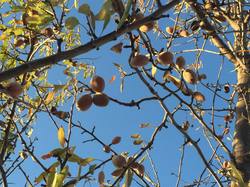 Chillies, almonds, sowing winter seeds, designing wild spaces, planting and cooking by the full moon, gifted food.....gratitude
Water in Plain Sight
Judith D. Schwartz St Martin’s Press July 2016 Water in Plain Sight is another engaging informative work from Judith D Schwartz. It furthers many of the issues she explored in her 2013 book Cows Save The Planet, alongside discussing some very timely new topics. In Water in Plain Sight we learn many disturbing and essential to understand accounts about how our global history of violence towards our planet, in the form of agricultural practices, hunting and deforestation are drastically altering access to water. Then contributing to the destruction of our land and communities via political turbulence, discrimination, conflict and suffering on massive scales. Judith takes us on a journey around the globe, Zimbabwe, Mexico, California, Ohio, Texas, Western Australia and introduces us to a wonderfully diverse group of people who are demonstrating some amazing ways of how they are re-engaging with the natural cycles of water, particularly in slowing water cycles down. In turn these scientists, farmers and caretakers of land tell the stories of soil, water and community regeneration through their practices. The most powerful message I gained from Judith’s book though, is that drought is due to how soil holds and moves water, rather than a lack of rainfall, and that this flow and cycle is crucial to take into account in combating climate change. Schwartz’s writing style as an Investigative Journalist, as in Cows Save The Planet, cleverly connects a huge amount of widely researched material which links the personal and the political. She ensures that the messages in her work are accessible to all of us, regardless of how much we already know about global water/drought subjects. Reading and then rereading Schwartz’s work has again given me inspiration to make some very real positive changes in our communities and lands. I can recommend it to all. Water in Plain Sight provides us with motivation and hope, in the form of a whole global toolbox of solutions to actively heal our planet with. Today we started to harvest our almonds. We have about 20 trees or so and the cases of the nuts have just started to split, meaning they are good to go! We are planning on using the shells and casings from the nuts as part of our mulching system this winter.
A little slideshow about some of the Edible Garden goings on!
I love buying my seeds from Tamar Organics and The Real Seed Catalogue 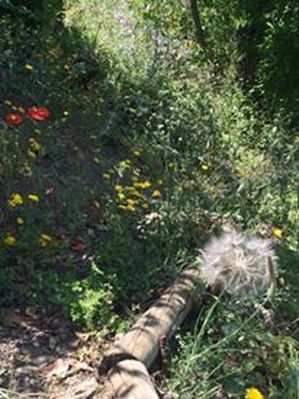 Over the last year a core part of my Edible Garden work has been to improve the fertility and life force of the soil, to ensure a healthy grounded place for flora and fauna to flourish ....In parallel my pathway as a permaculture practitioner also feels as though creating a holistically healthy base from which to grow a diverse rightlivelihood and life balance, has been key for me during this time - and its now time to start creating yields from them both Mentoring can be a very powerful tool in lots of aspects of our permaculture work. I particularly like this article from thechangeagency.org which explains the benefits that successful mentoring can bring. " Mentoring provides an opportunity to think and reflect in a confidential and supportive environment. It may make sense to review the preceding period, identify challenges, and workshop ways to respond to challenges in the future. " Many aspects of permaculture design -process, ethics, principles and tools - can help to structure and guide mentoring relationships in permaculture contexts and settings. This week Ive been reminded how valuable mentorship is in my both my personal and professional development and learning. Connecting, observing and receiving feedback from others who are more experienced and knowledgeable in subjects we are interested in taking further in our lives can be really empowering. My Skype mentoring session, which was part of the year long people focused permaculture facilitators programme, gave me space to reflect on the last few months of undertaking my facilitators pathway design, while gaining some focused clarity on specific designs and projects I had been working hard to start implementing. Looby's skill in identifying analogies and patterns, in the various tangles of my story is something I am really appreciating learning from her. In addition, a helpful reminder about how erosive my repetitive story for myself about "I need to be more confident" (So, if I need to be more confident, that must mean Im not confident enough!), can be, has given me the motivation to reframe that story by consciously identifying and noting times when I am taking steps to improve my confidence.  More flowers! my Growing Confidence design ....each time I do something which demonstrates I am a confident practitioner and person, I draw a flower in my planner /journal with a few notes. Looking back at the patterns should really help create a lovely spiral of confidence abundance! I have a different colour flower according to significance of the activity ('day to day', 'moderate', 'life changing'!) Another Skype meeting with Ryan, the strategic communications co-ordinator from the Permaculture Association, about my developing work in communications and marketing in the permaculture community, was also a great time to appreciate the role of Ryan's mentorship. Then an observed Diploma tutorial along with some comprehensive feedback by Wilf, (Wilf observing me undertaking the tutorial, after me observing his tutoring/educator skills over the last few years), was my third experience of some wonderful mentors in my life just now.
Reflecting on the momentum and motivation these 3 events in the last few days gave me, also made me consider my mentoring role to others in the permaculture community and beyond too. This is something I will be looking at in more depth as part of my developing practitioner and designer role. Over the last week I’ve been going a lot of thought to a design for improving and maintaining soil fertility and increased biodiversity of fauna, here in our garden in the Andalucian hills. With the permaculture ethic of people care ever central to my design work, one of the other functions of the design is to constantly beneficial connections with the other people who own and farm the land in our local community. Here in March, there is a beautiful abundance of diverse spring flowers, which grow naturally as ground cover. Many neighboring landowners spray their land with glyphosate to get rid of the cover. For some of the olive and almond farmers, its done to make harvesting the crops easier. For others, the reason seems to be a mix of making the land look ‘neat’ and tidy, alongside reducing fire risk in the summer. The bare land looks and feels dead…any rain that falls erodes the soil. Many of the farmers who spray under trees, then apply large quantitates of synthetic fertilizer to improve the next years harvest. Our land has been sprayed routinely, until we moved here last year. The soil lacks much organic matter at all, although its been encouraging to see an increased worm life in the garden over this winter. 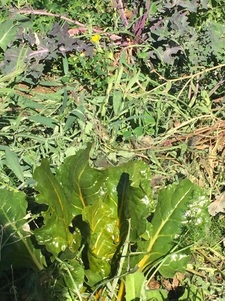 Kale and chard, mulched with chopped and dropped 'weeds' Kale and chard, mulched with chopped and dropped 'weeds' In the past we have used cow/chicken manure from our animals, alongside home made compost to increase fertility in our edible garden in Yorkshire. Here in Spain we are thinking about stock free systems for our design, which so far includes: - * Growing borage, and hopefully comfrey later. These are amazing pollinator attractors, deep rooted movers of nutrients, and we will be composting the plants, and making fertilizer ‘tea’ from the leaves to feed fruiting edible plants. * Chopping and gathering nettles for a ‘tea’ to feed plants in their growing stage (nitrogen). * Chopping and dropping many of the ground cover ‘weeds’ (leaving some to flower for pollinators, and because they look pretty). This will add organic matter as well as mulch between plants, ensuring less evaporation of water from the soil and exposure to the sun. * Strimming large areas of ground cover under trees, leaving the soil covered and the roots present, minimizing erosion, reducing loss of water and nutrients from the soil, but hopefully will look neat and be a minimal fire risk near to the ground. * Growing beans as nitrogen fixers, and for added organic matter * Chipping pruned branches, using the chipped wood as mulch. |
my blogregular updates and reflections about the permaculture designs in my life archives
December 2020
categories
All
|
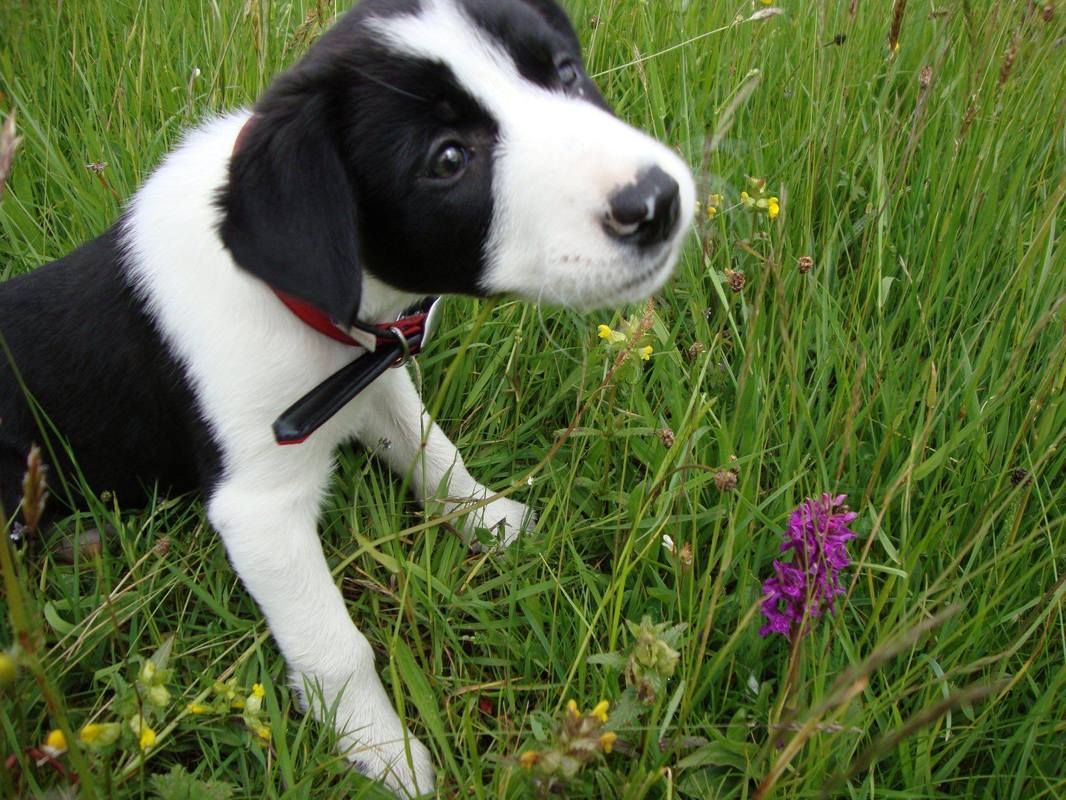
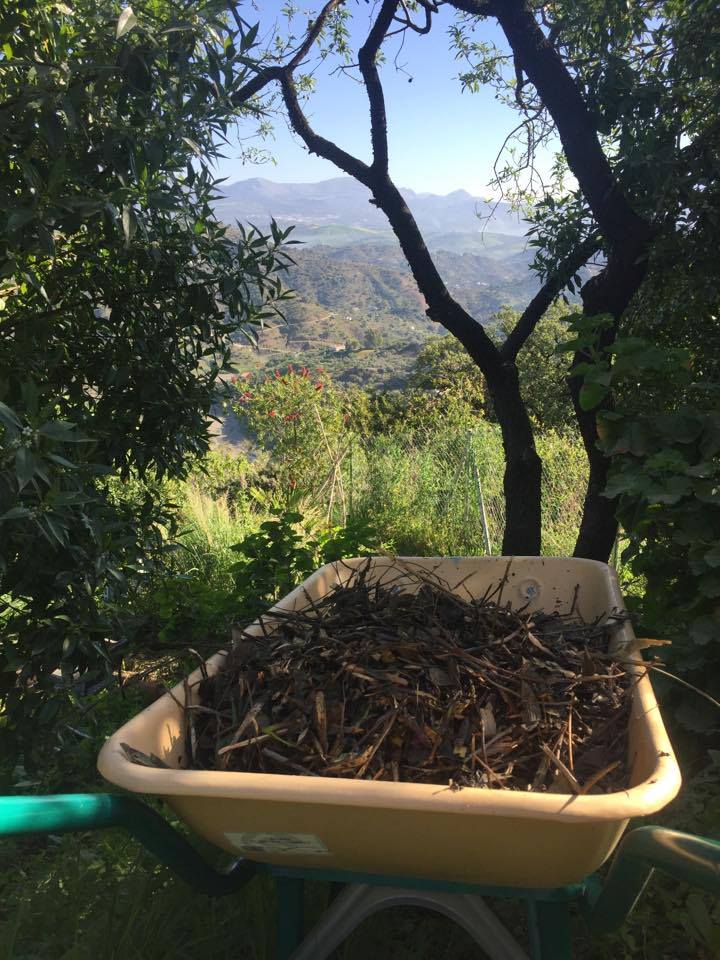
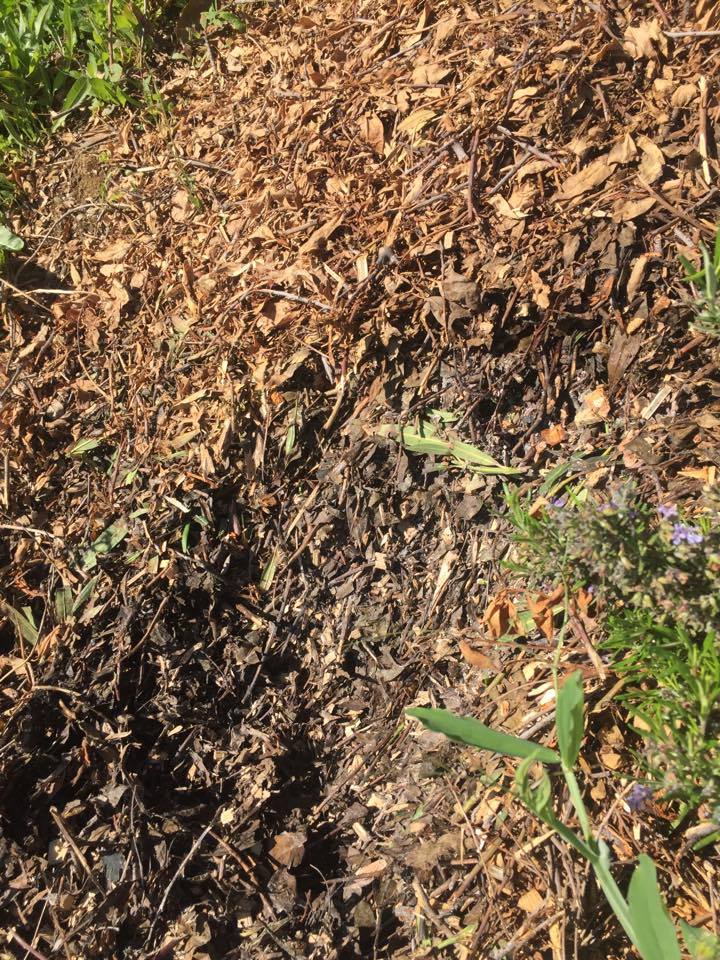
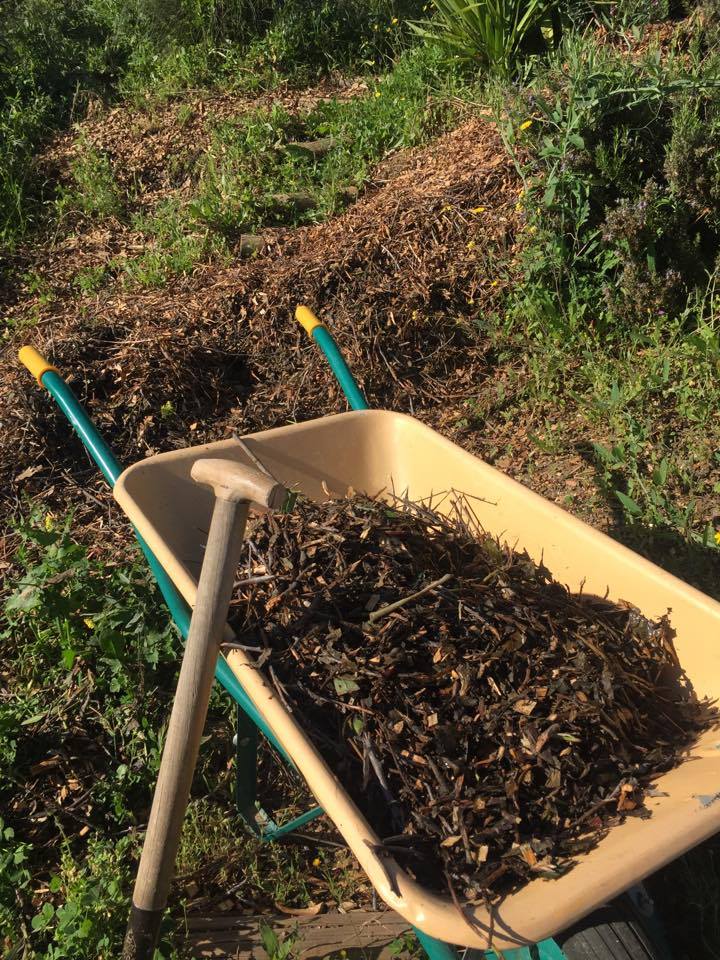
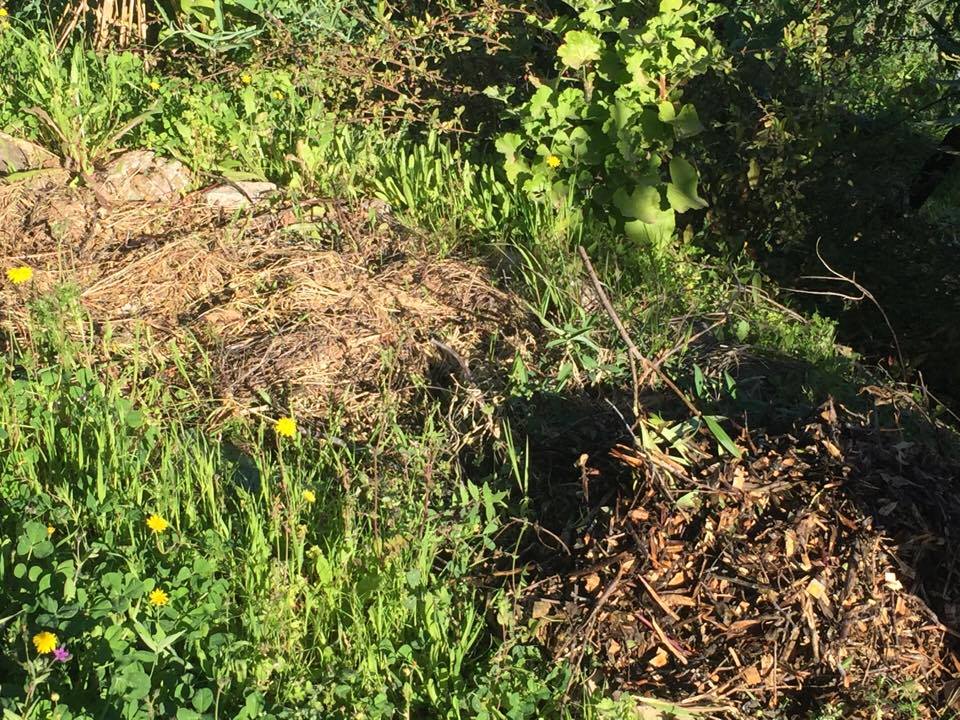
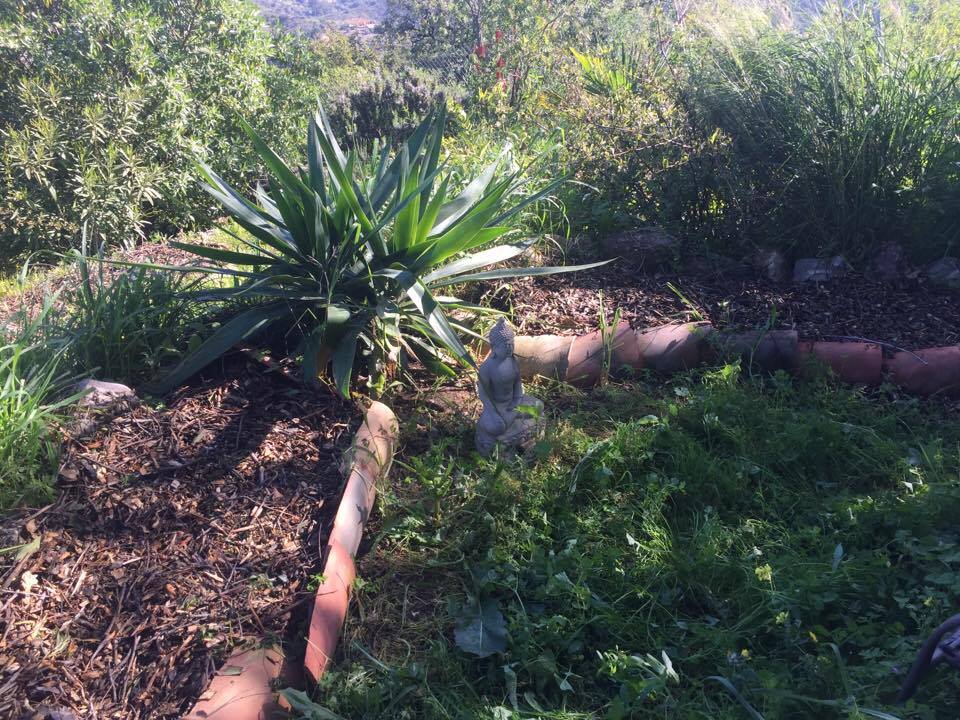
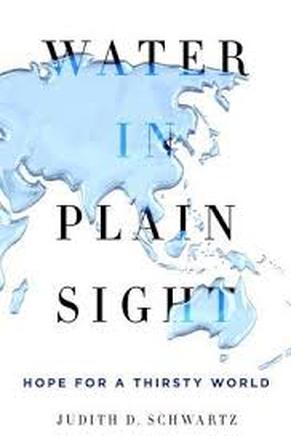
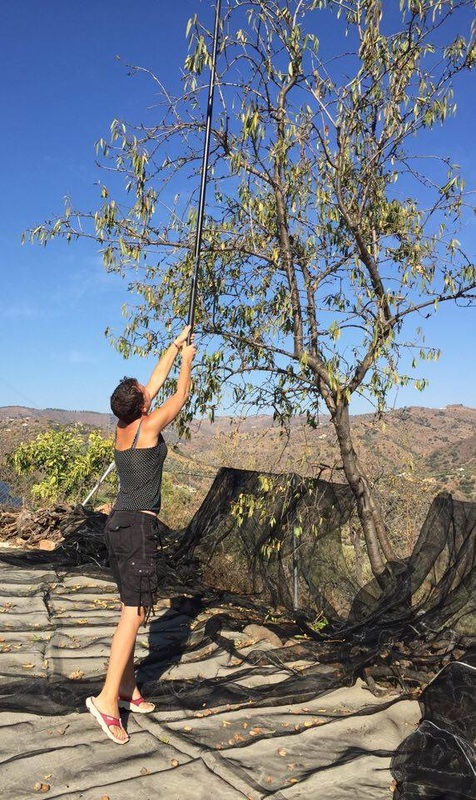
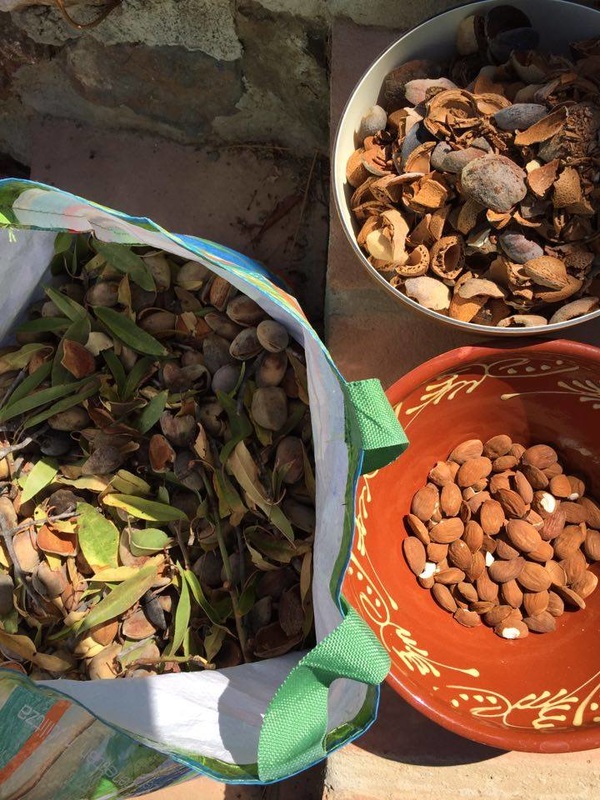
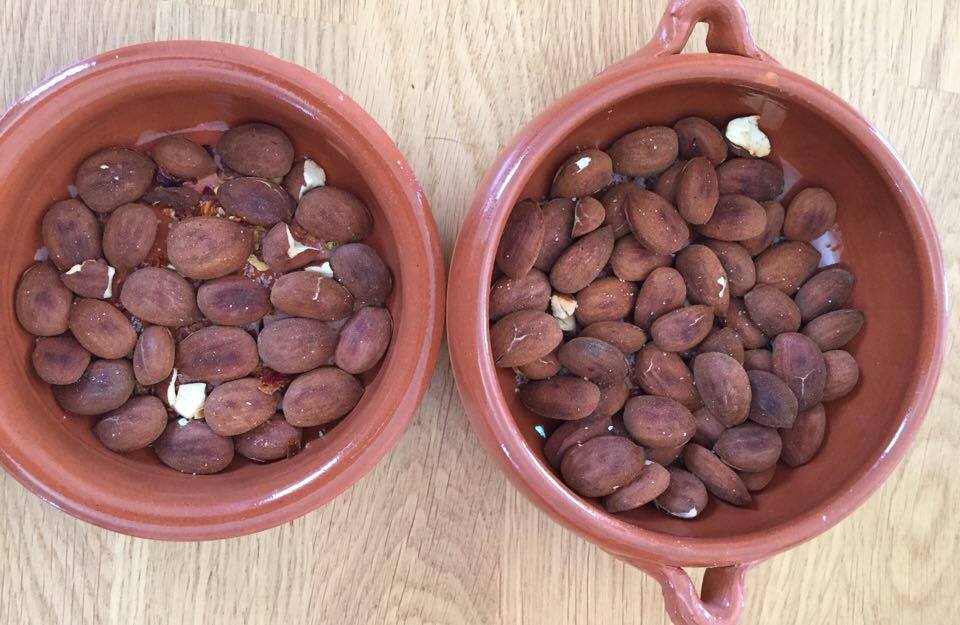
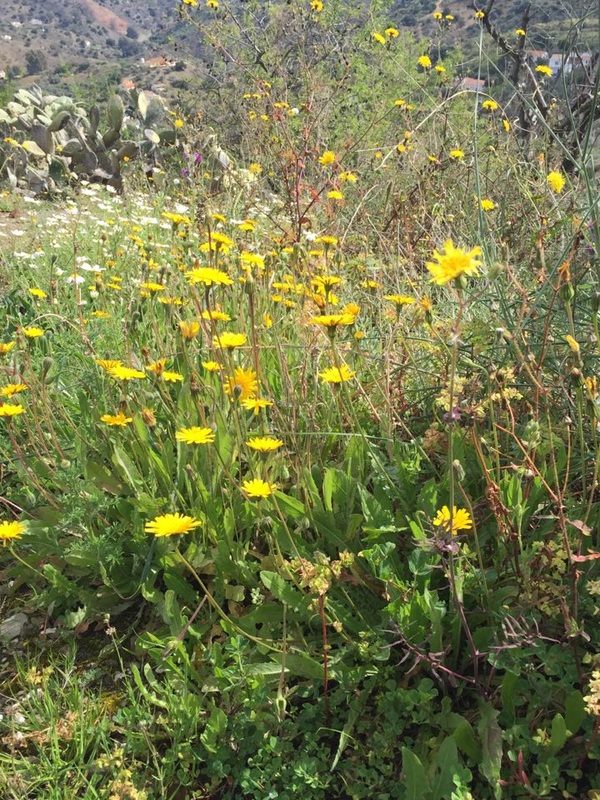
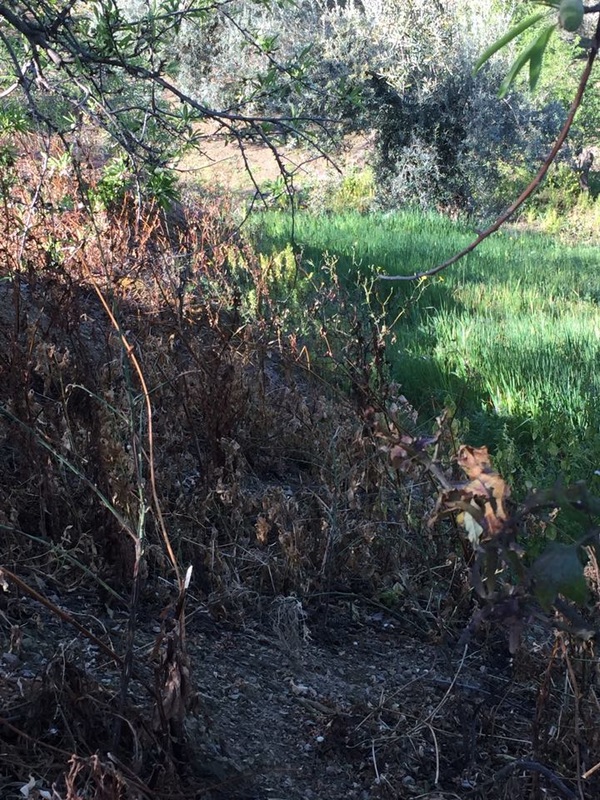
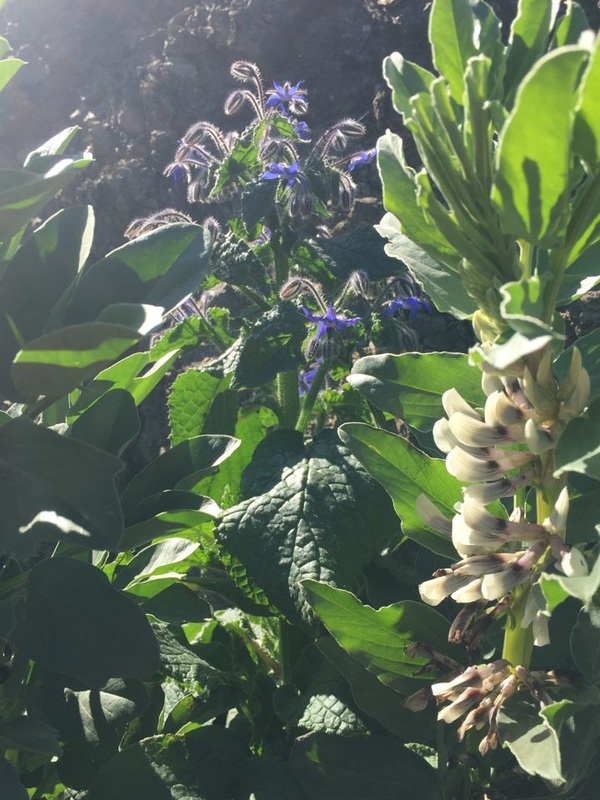
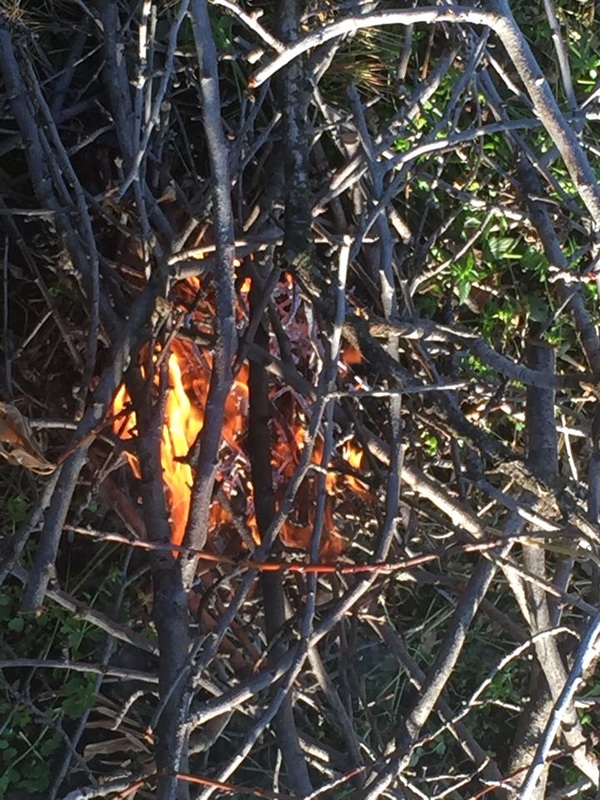
 RSS Feed
RSS Feed